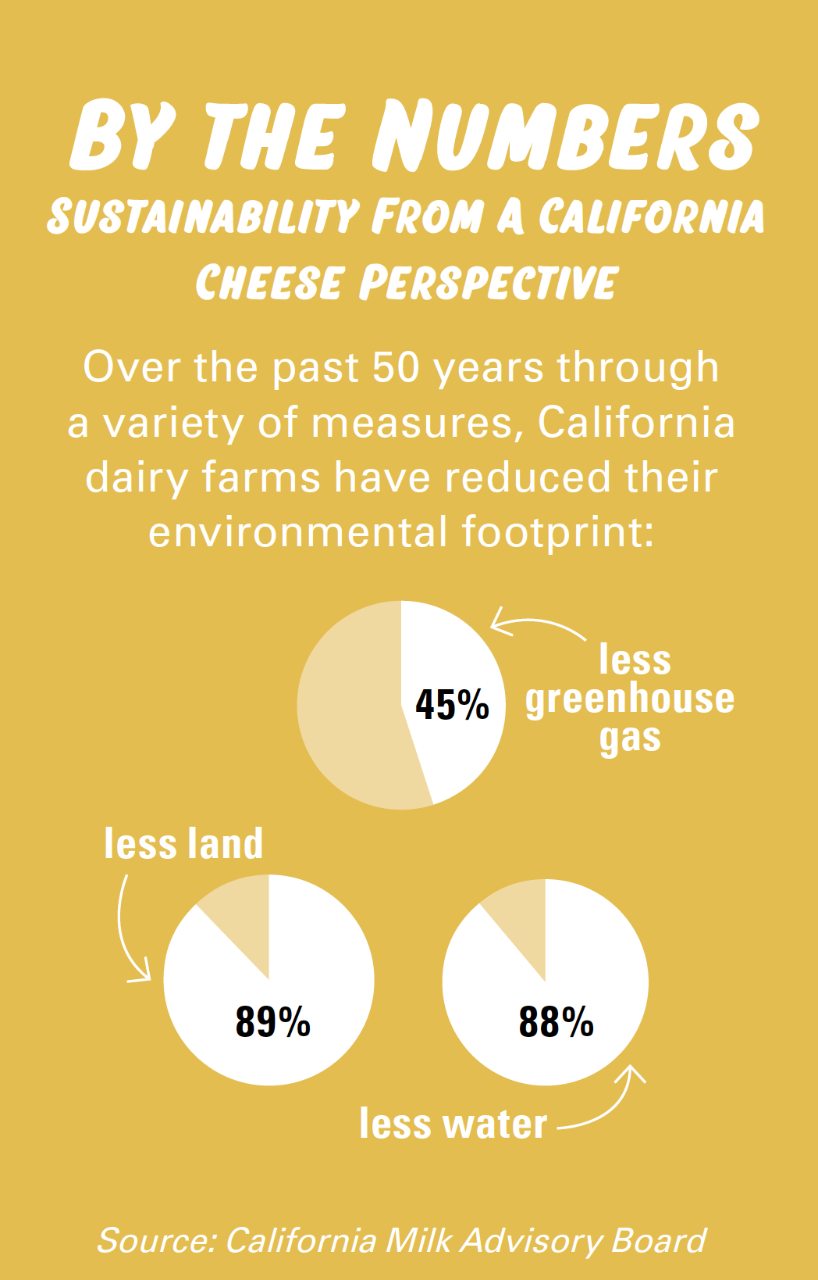HOW RESTAURANTS ARE USING CHEESE TO SATISFY CUSTOMERS
Its versatile, sustainable and protein-forward profile satisfies diner demands
Never before have chefs and restaurateurs been so aware and responsive to diner preferences.
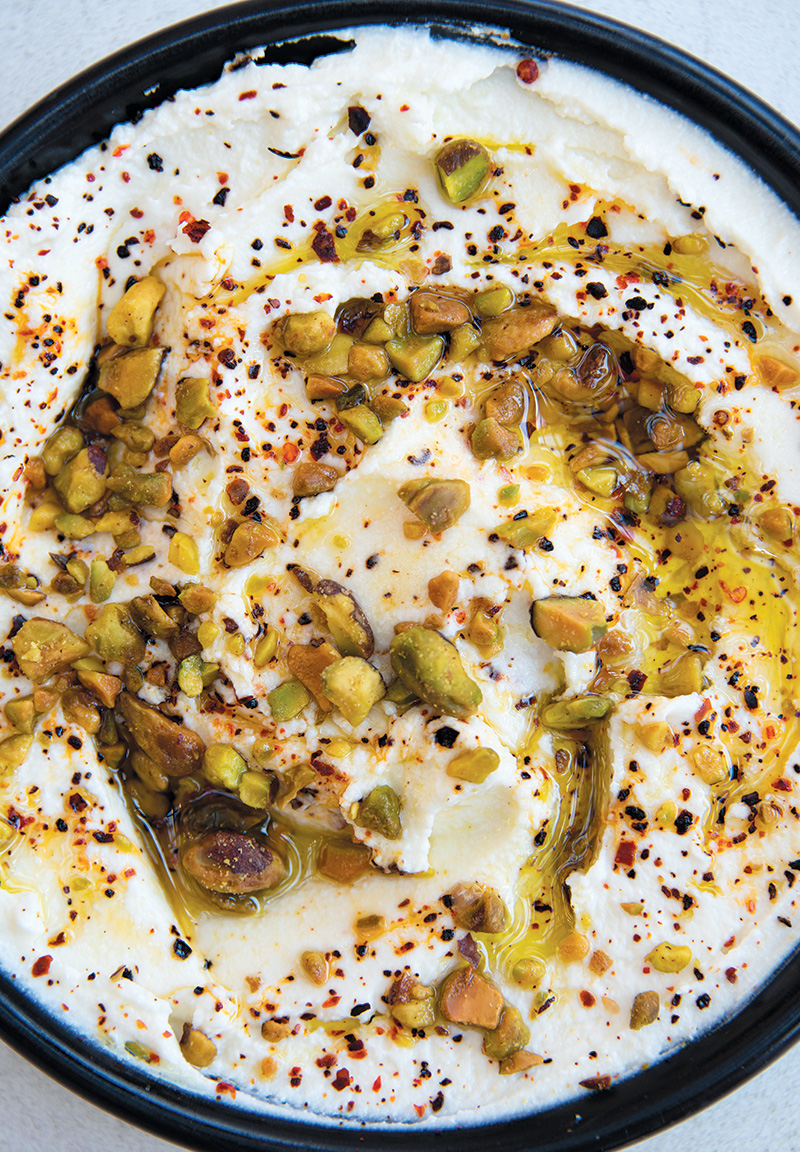
Customers want healthier selections: Check. More meatless options and protein-based menu choices, specifically center of the plate: Check and check. These options should also be sustainable and help limit food waste.
Checking these boxes not only satisfies diner demands, they also align with what's important to chefs. Of all the ingredients that can help menus be as sustainable as possible while meeting such preferences, cheese bubbles to the surface.
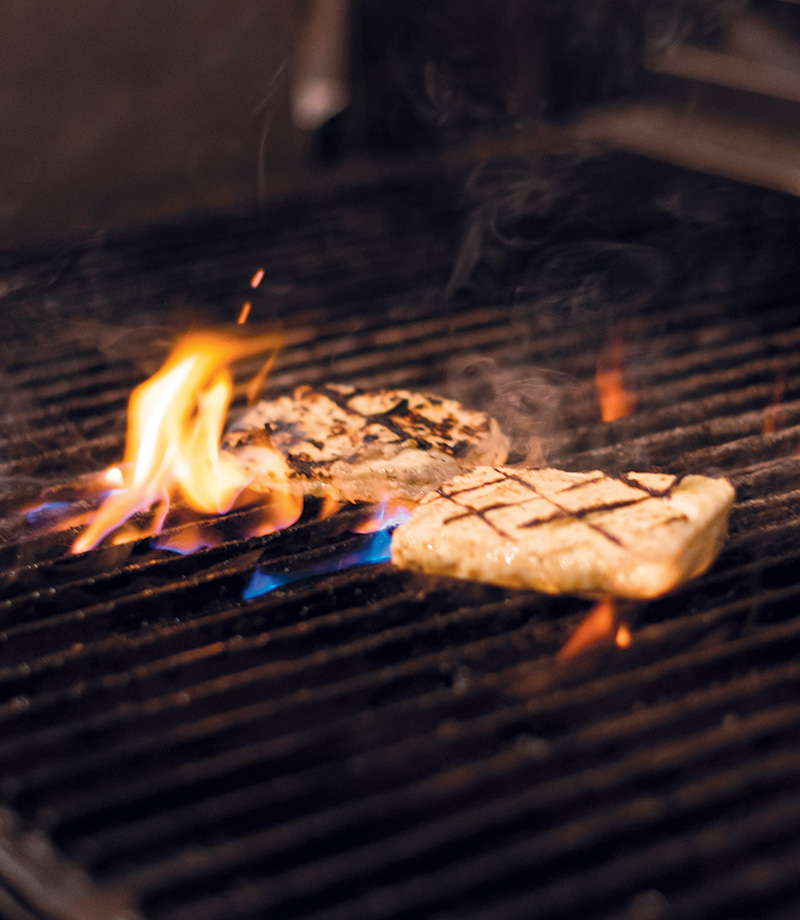
Consider Farmhouse in Corona del Mar, California, which devotes a page on its website to a lengthy statement on sustainability. The menu supports its ethos with several items, including roasted coriander and cumin-spiced carrots with burrata cheese, pistachios and mint, along with a carrot pistou made with the tops of root vegetables that would otherwise be discarded. To provide “meatier” options and to highlight additional California products, the restaurant also offers a cheese board, as well as a Swiss chard and cheese gratin that includes fennel, caramelized onion and herbs, cauliflower “bechamel,” and mozzarella and fontina cheese.
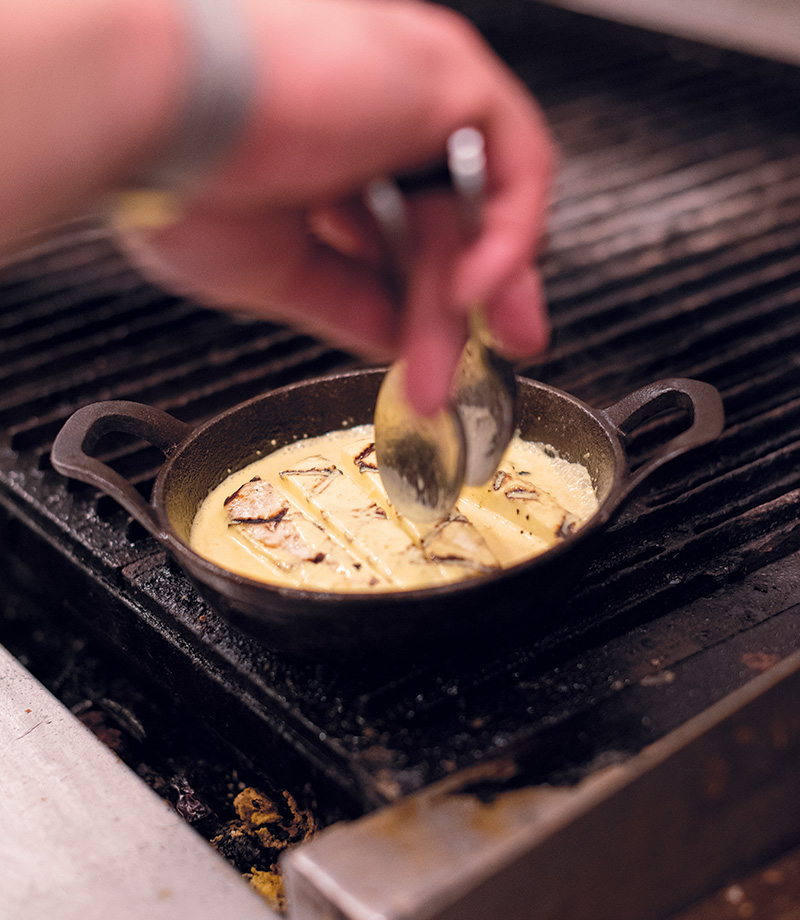
Likewise at Terra Plata in Seattle, chef/owner Tamara Murphy has been committed to purchasing sustainable products, such as cheese from California (see sidebar), since opening her restaurant in 2011. They include heirloom tomatoes with sumac, basil, za’atar, golden balsamic, arugula, crispy quinoa and ricotta salata – as well as burrata with seasonal fruit, lemon, olive oil and sourdough breadcrumbs.
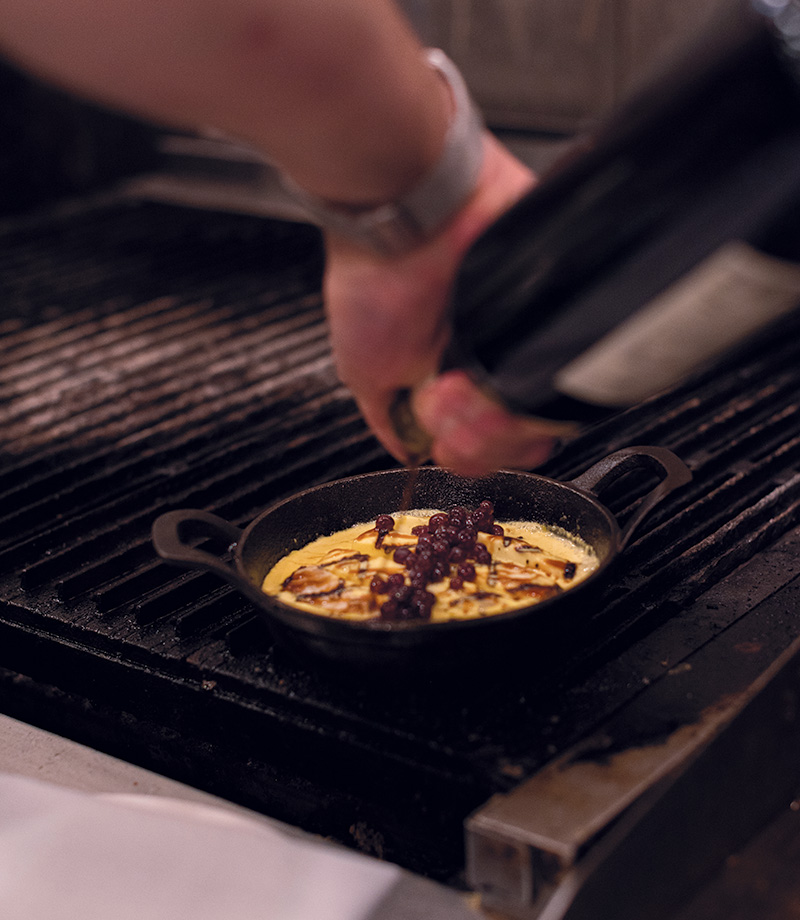
To satisfy the demand for more plant-forward options, restaurants reach for a variety of ingredients–including cheese to bring in the protein, add contrast and maximize menu appeal. At Bar Pollino in Boston, sugar snap peas are paired with whipped ricotta and a drizzle of honey. Chefs/Owners Jamie Bissonnette and Ken Oringer also menu mozzarella sticks–but instead of ubiquitous marinara, they're accompanied by Osetra caviar.
Aba, a Mediterranean concept with locations in Chicago, Miami and Austin, also serves several dishes with cheese – including whipped feta with crushed pistachios, olive oil and lemon zest. The menu takes cheese one step further by setting it up as a satisfying meatless entrée. Relying on halloumi’s firm and meaty texture, Executive Chef CJ Jacobson grills and pairs it with spicy turmeric cream, grapes, saba and watercress.
Burrata, however, has arguably become the most popular center-of-the-plate option. According to Datassential, burrata is expected to experience 51% growth over the next four years.
At the Tasting Room in Frederick, Maryland, burrata is on both the lunch and dinner menus, served with charred bread, orange, harissa, coriander, mustard, fennel and tomato.
Bastone! in Atlanta goes all out by menuing a mozzarella bar. Of the nine choices, diners can order five as a flight. Chef/owner Pasquale Pascarella says he once sourced all cheeses from Italy, but found that by the time they arrived, they weren’t as fresh as he wanted. Now, all but a few are U.S.-made cheese, including options from California. The approach is more sustainable, and in the long run, cuts waste.
Waste can also be reduced by cross-utilizing ingredients. “We often will use ingredients that overlap into many dishes, and we have a strong back-of-house system in place to help minimize waste,” says Marc Jacobs, executive partner and divisional president for Lettuce Entertain You Enterprises, which includes Aba.
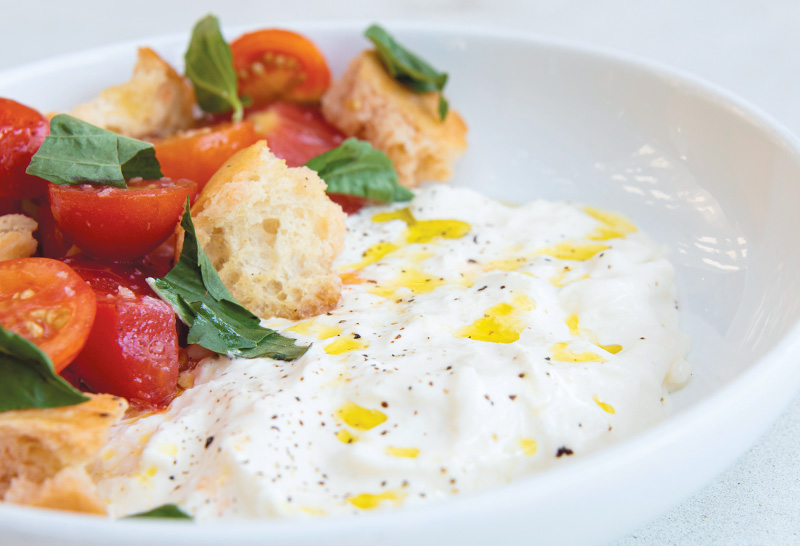
Pascarella concurs. “The best dishes, in my opinion, are the ones when you need to cross-utilize product.”
